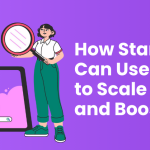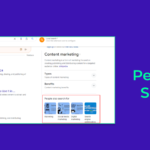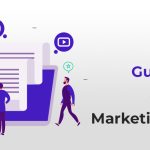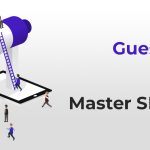Table Of Content
Feeling frustrated when prospects don’t respond to your sales efforts? Need to reach your ideal customer?
When you’re in sales, it can be easy to get disheartened when the response to your work isn’t quite what you’d hoped for.
Emails go unanswered, prospects are too busy to reply, budgets are already set, and the list goes on. It’s tempting to give up, but if you want to succeed.
Don’t give up!
With a little persistence, you can turn rejection into success.
You’ll need to step up your game to get noticed. A single email won’t do it.
To break through the noise and make an impact, you need to plan, personalize, and have an effective follow up email strategy in place.
Get ready to be top-of-mind for your prospects!
Let’s explore some proven follow up email strategies to help you get the best results for your business.
What Are Sales Follow Up Emails?
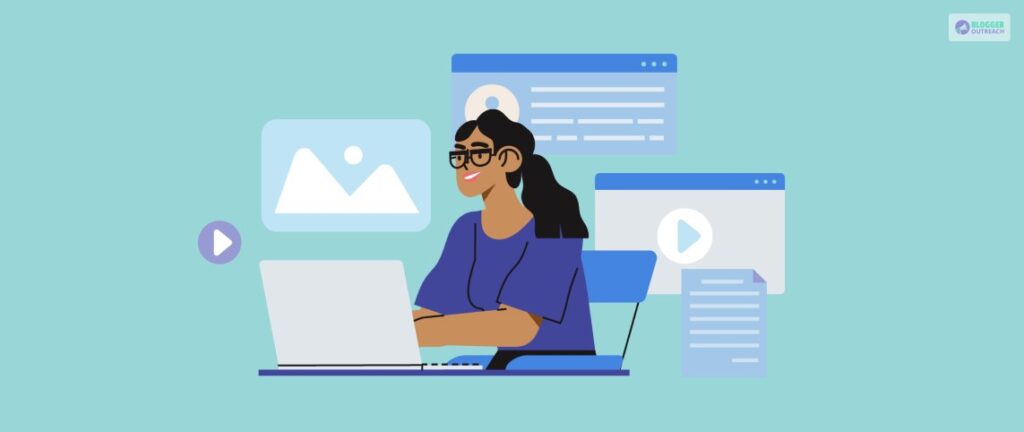
Do you wish all your sales emails get read and responded to? If only it were that simple! But in reality, you need to send out sales follow up emails to strengthen your funnel.
A sales follow up email is a message sent to follow up on an earlier email.
Objectives Behind A Follow Up Email:
- To get a response from the recipient – it can be a positive one, a negative one, or a non-committal one. This information will help you determine whether you should keep pursuing the lead or focus your efforts elsewhere.
- Maximize your sales efforts! Whether you’re reaching out to a cold lead or a warm connection, a sales follow up email can be the difference between closing a deal or letting it slip away – so don’t miss out!
How To Write A Follow Up Email?
- Time It Right – The timing of your email can play a big role in the success of your follow up.
- Relevance Is Key – Tailor your follow up emails to your previous conversation.
- Make It Personal – Strengthen your relationship with the customer by using a follow up to build a connection.
- Be Actionable – Give them clear instructions about the next steps they need to take.
Click Here To Read Out: Drawbacks Of Pay Per Click Marketing
7 Sales Follow Up Email Techniques
To make the most out of follow up emails, you must have a plan handy. Being a digital marketing agency by heart, we have seen ups and downs in this landscape. Based on our experience, here are our 7 tried and tested strategies for follow up emails.
1. Pinpoint The Purpose Of Your Follow Up

Ready to make a lasting impression with your sales follow up email?
Start by determining the purpose of your message.
For example, are you looking to invite your prospect for a demo call? Requesting another meeting? Or do you need more info on them?
The goal of your follow up will determine the email’s tone and overall structure. Plus, it will make it easier for the prospect to provide an answer. So don’t miss this step – it’s essential for crafting a successful follow up email!
Here Are Some Of The Objectives That You Can Aim To Achieve With The Follow Up:
- Do you need to set up the next meeting?
- Are you trying to leave a voicemail and ensure a response?
- Are you following up after your first email but still waiting for a response?
- Are you looking for a way to continue a conversation after a networking event?
- Or are you trying to get more information needed to close a sale?
No matter your situation, you can plan your email copy accordingly and work towards your end goal, from the greeting to the sign-off.
Then, pick the objective that best fits your situation and get ready to write the perfect follow up email!
2. Segmenting Your Leads for Maximum Effectiveness
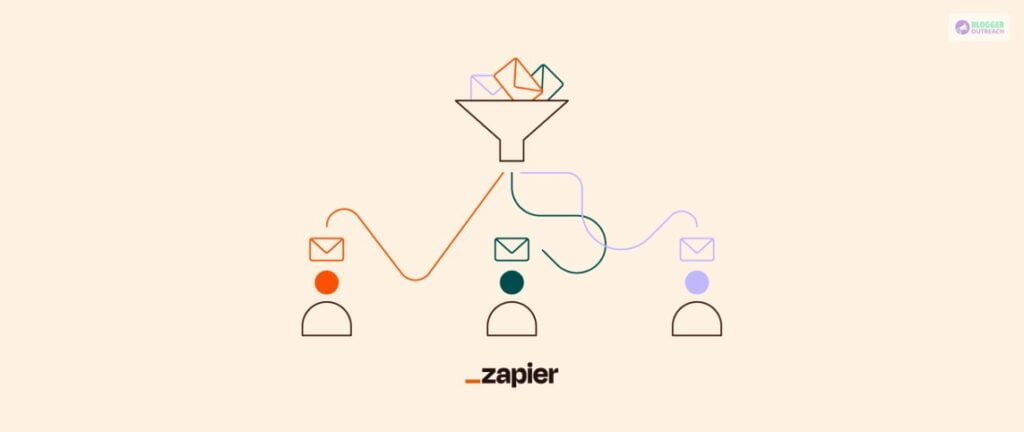
To get stand out with your follow up emails, you must know how to segment them to craft the right message for each lead.
Depending on how a lead reaches you, they may be ready to close immediately or need some warming up.
Example: For instance, a lead that comes to you via an email opt-in campaign is in a different position in the sales funnel than a lead whole filled out the ‘contact us’ form. And you should approach accordingly.
Segmenting your leads helps you to maximize the effectiveness of your messaging and ultimately get the most out of your lead generation process.
Are you ready to take your lead-segmentation initiative to the next level?
To Begin, Organize Your Leads Into Three Categories Based On The Level Of Engagement With Your Business-
- Hot leads have recently expressed an interest in your product or service.
- While warm leads have a history of engagement with your company.
- On the other hand, cold leads are contacts who have had minimal interaction with your business.
You can also leverage tools to segregate your leads. Then, based on the data you collect, you can move leads from one group to another until they’re well on their way to becoming a paying customer.
By leveraging this simple system, you’re sure to develop a deep understanding of each lead’s needs and interests to make the most of every engagement.
3. Value-Backed Content
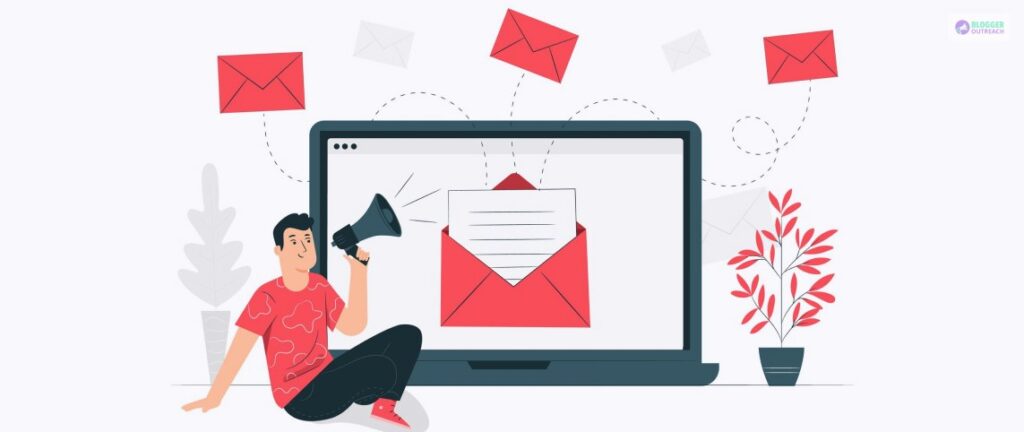
Keep the conversation going and leave a lasting impression with each follow up email.
When engaging with your leads, creating helpful and useful content is key. You want to ensure that you’re adding value, no matter what stage of the funnel they’re in.
- If a prospect mentions a particular problem, the follow up email should include a potential solution tailored to their situation.
- Again, personalizing the email by addressing them by name and mentioning relevant information will show you care.
- Remember to add helpful content such as articles, tips, or resources that can help your prospect.
- And if you want to make sure they stick around, offer discounts or exclusive offers to show your appreciation.
- Think blog posts, infographics, helpful stats, success stories, and downloadable guides.
Remember, your leads won’t become customers after just one interaction. You want to work on building a relationship with them and helping them get to the next stage of the funnel.
Instead of focusing on bringing them to convert into customers, take smaller steps, like getting them to download a guide or visit a blog post.
Nurturing your leads is important, so provide them with content that adds value and helps them on their journey.
4. Stand Out With Personalization!

Personalization encourages relatability! Here are the best ways you could personalize your follow up email.
- Use The Recipient’s Name: Personalization starts with the very first word of your email. Mentioning the recipient’s name in the subject line and opening with a greeting shows that you’re interested in engaging with them and not just sending a generic message.
- Personalize The Content: Curating relevant follow up email content to your users gives you an upper hand. For example, reference their industry, recent interests, or their specific challenge. This shows that you’ve researched and are familiar with their situation.
- Offer Tailored Solutions: Instead of sending a generic product or service, tailor your offering to the customer’s needs. Explain why your product or service is the ideal solution for their particular challenge.
- Leverage Segmentation: Segmenting your list according to customer characteristics or behaviors allows you to send more personalized messages. For example, you might segment customers by their purchase history or industry.
- Include Customer Testimonials: Including customer quotes or case studies in your emails helps to personalize your message by showing how your product or service has helped other customers in a similar situation.
- Incorporate Dynamic Content: Dynamic content allows you to personalize emails based on user-specific data. For example, you can tailor the content or offers based on the recipient’s location, purchase history, or previous interactions with your brand.
- Test And Measure: The secret to any marketing strategy is that there is no secret. The top marketers mastered their skills by testing and trying new things. So never hesitate to try new things when it comes to follow up emails. Be it your copy, subject line, call to action, etc.
5. Irrestibile Subject Line
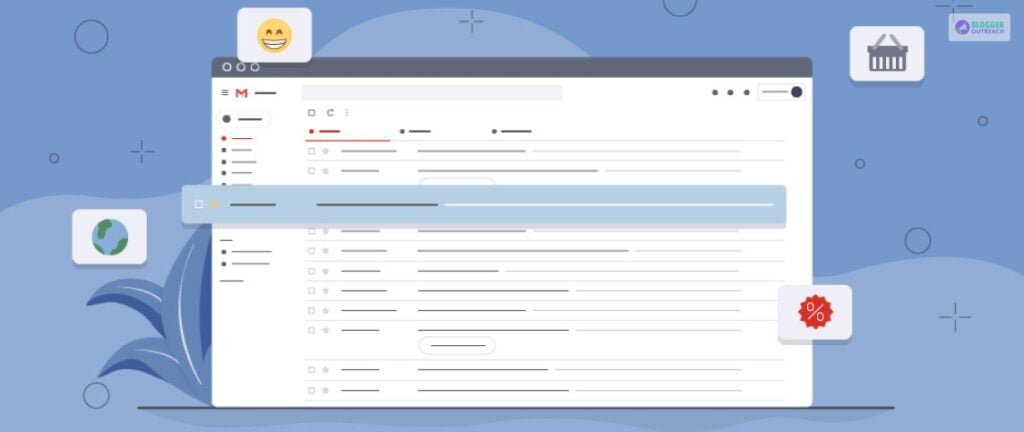
Writing killer follow-up emails? Make sure your subject line stands out!
Writing eye-catching subject lines for follow-up emails is the key to grabbing attention and boosting open rates.
With a captivating and personalized subject line, your recipient will be much more likely to open your email and take action.
Subject lines should be clear, concise, and relevant while also being unique and captivating. Get your recipient’s attention and encourage them to open your email with an eye-catching subject line.
Make sure it accurately reflects the content of the email and uses actionable language that reflects the context of the message.
Crafting a great follow-up email subject line is key if you want to get your message opened! Here are some strategies to make your subject line stand out from the crowd:
- Keep it short, snappy, and conversational for maximum engagement.
- Include a sense of urgency. “Last Few Hours left.”
- Ask a direct question. Questions like “How can we help you?” or “what do you think about…” will pique the recipient’s interest.
- Highlight the valuable content included in your message.
- Make it clear that the email contains valuable content, like subject lines like “Here is our top 5 email marketing tips”. Let the recipient know why they should open your email.
6. Plan Your Email Sequence
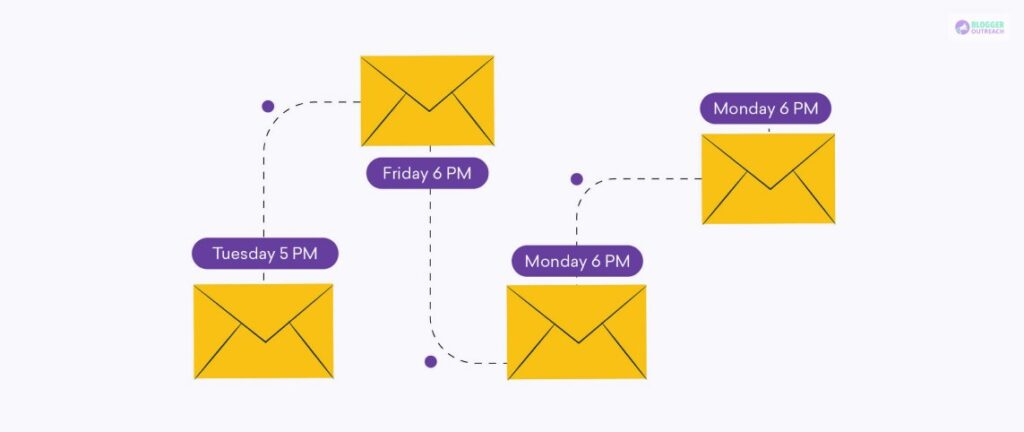
Is it worth it to follow up multiple times? That’s why we recommend following up.
Knowing the right way to follow up with prospects can greatly assist your business.
Once you’ve identified your goals, it’s time to plan your email sequence.
Think about the most important points you want to make in each email-
- What kind of content will you include?
- How will you structure the emails?
- Will you include images or videos?
When crafting an email sequence, there’s no one-size-fits-all approach. However, to assist you better, we created a template. You can consider this as your reference point and get things rolling-
Email 1: Welcome Email
Subject Line: Welcome to [Company Name]!
Content: Introduce your company, explain the benefits of your services/products, and let the reader know what to expect from future emails.
Email 2: Offer Email
Subject Line: Take advantage of our [Offer]
Content: Clearly explain the offer and the benefits of taking advantage of it. Be sure to include a call-to-action, so the reader knows exactly how to take advantage of the offer.
Email 3: Benefits Email
Subject Line: [Company Name] Benefits You Can’t Ignore
Content: Explain the benefits of your services or products in detail. Use images or videos to demonstrate how they can help the reader.
Email 4: Testimonials Email
Subject Line: What Others Are Saying About [Company Name]
Content: Include testimonials from satisfied customers. Showcase how your products/services have been able to help them.
Email 5: Results Email
Subject Line: See What [Company Name] Can Do For You
Content: Showcase real-life results that customers have achieved with your products/services. Explain how the reader can achieve similar results.
Email 6: Call-To-Action Email
Subject Line: Ready To Get Started?
Content: Encourage the reader to take action and sign up.
7. Track Your Emails
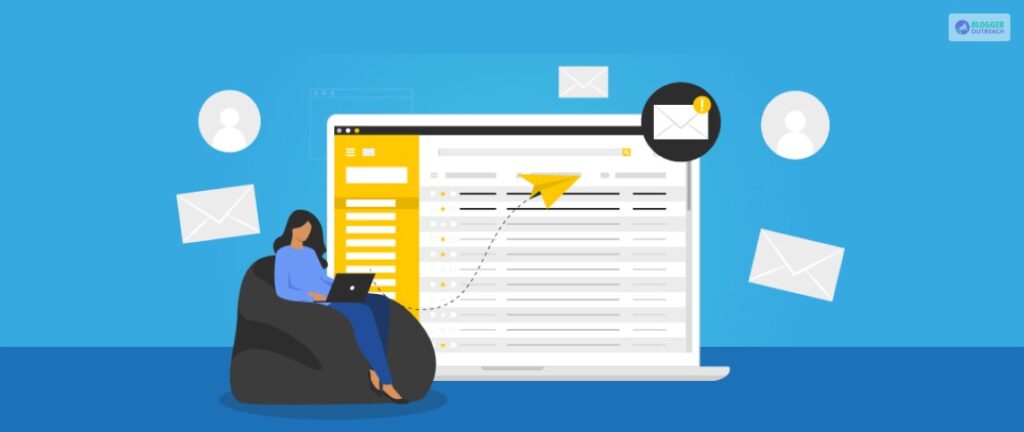
Set up a tracking system for your email to track the success of your sales follow up emails. You can opt for a tool to see who opened them, when, and what links they clicked on.
- Track The Open Rate Of Your Emails: Track the open rate of your emails to see how many people have opened your emails. This enables you to know how successful your emails are in getting opened.
- Track The Click-Through Rate (CTR): Track the click-through rate of your sales follow up emails to see how many people clicked on the links in the email. CTR helps to gauge how the campaign has performed in generating leads.
- Track The Response Rate: Track the response rate of your sales follow up emails to see how many people responded to your emails. This will give you an indication of how successful your emails are in generating sales.
- Soft Bounces: A temporary issue, such as a full inbox or a down email server, can prevent an email from reaching its recipient.
- Hard Bounces: You can consider hard bounces as permanent issues, like a non-existent email address or incorrect spelling. Keep an eye out for these – they can cause real problems down the line!
- Keep An Eye On Unsubscribes: Unsubscribes are an essential email marketing metric you’ll want to keep an eye on. This metric will show how many people have removed themselves from your email list. Tracking this number can give you a better idea of your email campaigns’ success.
- Conversion Rate: How many people from your email list take a specific action after clicking a link? That’s your conversion rate! Conversion actions include:
- Purchasing a product.
- Booking an online appointment.
- Signing up for an event.
- Completing a form submission.
ROI: How much money is your email campaign making you? Track your return on investment (ROI) with this simple calculation:
[Monetary value of sales from campaign] – [Amount spent on email campaign] / Amount spent on campaign x 100
See how your email campaigns are paying off and maximizing your profits!
Time To Take Action!
Don’t let ineffective sales emails hold you back! Give yourself the upper hand and start dominating your prospecting with these 7 follow up email techniques. Take them and start implementing them today!
If you need more guidance regarding this topic or any other topic, please don’t hesitate to ask.
Thank you!
Read Also:



